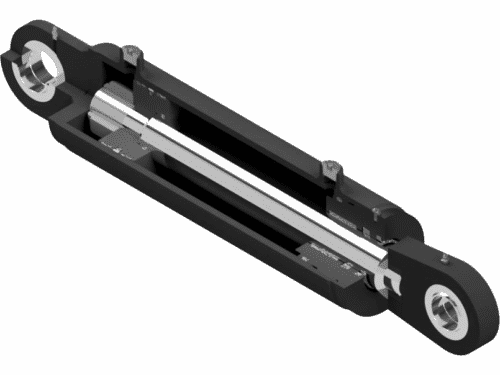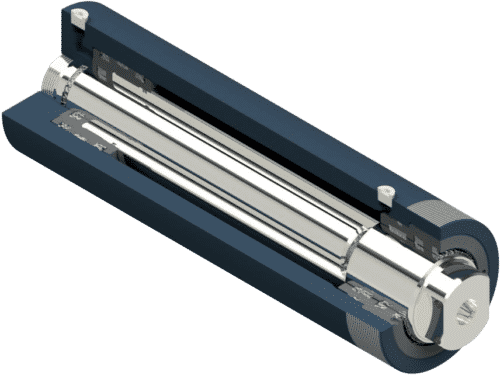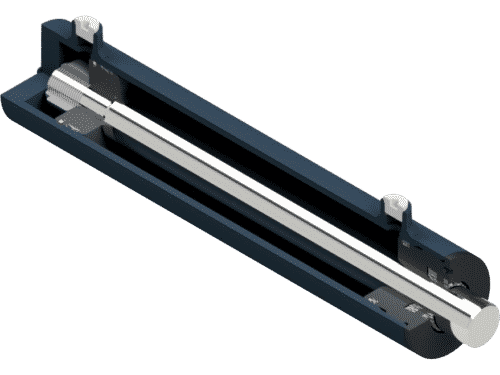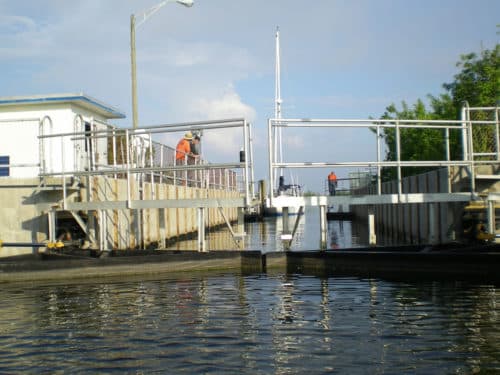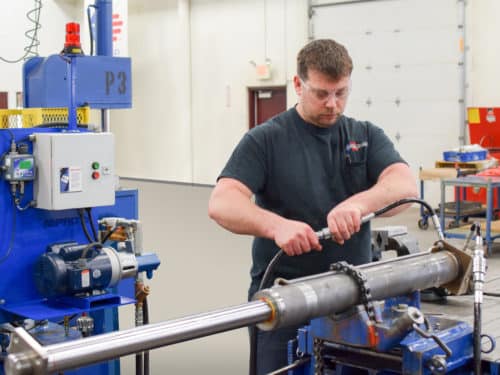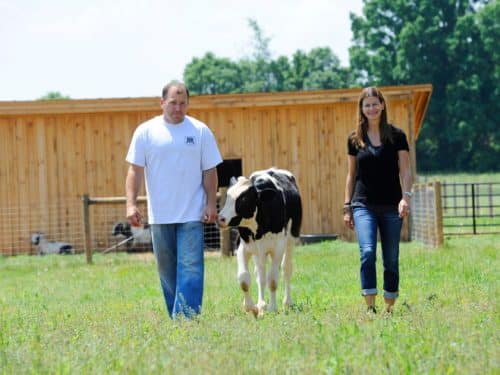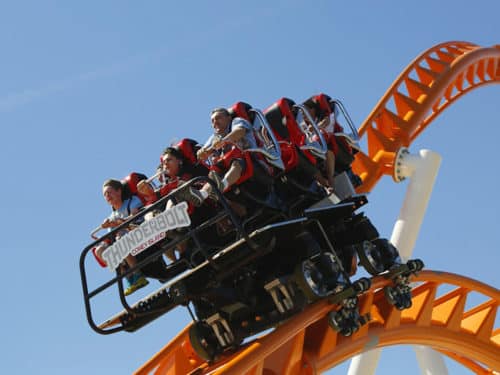Cranes have been used since the time of the Ancient Greeks. In those days, cranes were powered by men or animals, using a mechanical advantage to do heavier than human lifting. Today, we see cranes mostly in the transport industry; for lifting cargo on to trucks, trains, and ships, and in the construction industry; to lift large portions of buildings and towers into place. Modern cranes use any combination of combustion engine, electric motors, and hydraulic cylinders to accomplish the function of lifting more efficiently and safely.
Early cranes utilized ropes, sheaves and levers to manipulate the mechanical advantages. These cranes were simple structures, made from wood. Over time, they evolved into stone buildings, and iron structures for loading goods onto ships and carts. Some early wooden crane structures could be moved as needed, and then anchored in place. This was common in building large structures. Even though cranes have evolved significantly over hundreds of years to be more efficient, modern cranes use the same principals as those first used by the Ancient Greeks.
Modern cranes come in all shapes and sizes. Mobile cranes can be mounted on; crawlers (vehicles with wide treads to help crawl over rough or soft terrain) , trucks, tractors, and trailers. Stationary cranes can be mounted on loading docks, buildings, and towers. Some cranes have arms that can telescope out to be usable over a larger area, while others can bend and change shape to fit in smaller spaces. The principals behind how all cranes work is pretty much the same, use a mechanical advantage to lift an object up, over, or both. Let’s take a look at the role hydraulic cylinders play in modern cranes.
The first use of hydraulic cylinders in cranes occurred in the mid 1800’s. A hydraulic cylinder was connected to a series of sheaves to multiply the movement of rope or chain for lifting. What was previously accomplished by hand, could now be done much safer and efficiently by the use of hydraulics. Early cranes could lift up to five tons and hold it safely overhead, which made loading goods on ships and trains for commerce much faster and safer.
Modern cranes come in all shapes and sizes. Mobile cranes can be mounted on; crawlers (vehicles with wide treads to help crawl over rough or soft terrain) , trucks, tractors, and trailers. Stationary cranes can be mounted on loading docks, buildings, and towers. Some cranes have arms that can telescope out to be usable over a larger area, while others can bend and change shape to fit in smaller spaces. The principals behind how all cranes work is pretty much the same, use a mechanical advantage to lift an object up, over, or both. Let’s take a look at the role hydraulic cylinders play in modern cranes.
Stationary cranes are very common still in industry and in construction. Operating under the same principals as their mobile counterparts, hydraulics can be used for moving the crane arm into position, turning it left or right, and in some cases, providing a safe method of moving cables and sheaves to do the lifting. Its also not uncommon for a crane to be constructed atop a large tower, to get to even greater heights. Combining engineering in construction, with the science of lifting. Some stationary cranes are self-erecting. These cranes start out on a base platform, and use hydraulics and mechanical advantage to build themselves up into the air as needed. Commonly raising a new section of crane into place, then the mechanics of the crane climb into place on the new section. This continues until the crane has reached the maximum height needed. When the job is complete, the crane can deconstruct itself in the same manner. Hydraulic cylinders are not only used to perform the working tasks, as in other cranes, but often perform functions in the climbing process. Due to the same nature of Hydraulic cylinders, they can be relied upon in these extreme applications.
If you’d like more information on Aggressive Hydraulics and how we support the crane industry contact one of our Hydraulic Cylinder Specialists® at (866) 406-4100, or check out our cranes page for more information. Let them do the heavy lifting for you!
